I have a new lathe!
In this previous post about woodturning, I was using an older Craftsman lathe that a friend had given me. That lathe was a lot of fun and showed me that I really enjoyed woodturning but I could see that I was pretty limited with it.
Recently, I spotted an old Powermatic Model 90 lathe on Craigslist. These lathes are fairly heavy duty items that were largely used in high school shops and used a 3-phase 220 volt motor. Of course, the deal was too good to pass up so off I went to pick it up. The person selling it had a forklift which was HUGELY helpful for loading. This lathe weighs something around 600 lbs so lifting it by hand is not for me… at least now that I’m ‘older’. 😉
I got it home and unloaded it from my truck with my engine lift. Thankfully, that went very smoothly and without drama.
Variable Frequency Drive
The three-phase motor is a bit of a problem. I have single phase, 220 volt power in my shop but not three-phase. So…. technology to the rescue! The answer is a Variable Frequency Drive – or VFD. These little modern marvels will accept nearly any input power and convert it to nearly anything that you need. In my case, I wanted to convert 110/120 volt household current to three-phase 220/240 volt current. Amazingly, the lathe is now reversable with the VFD and a switch. Even more amazing, I added a potentiometer to the VFD and make the motor variable speed! Yay!
I selected the TECO L510 (L510-101-H1-U) which can be found on Amazon via this affiliate link.
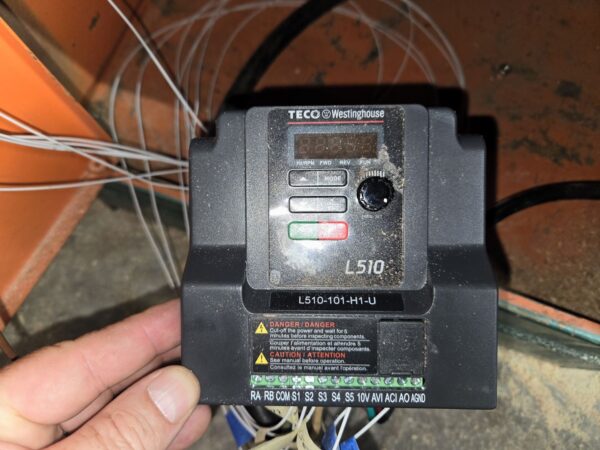
With the VFD electronic magic handled, a control panel was needed. I then came up the button panel shown in the next photo. It has master power on/off, forward/reverse switch, lathe on, lathe off, motor speed controller, and speed (RPM) sensor/tachometer. I’m certainly not the first to do this, it is well documented on the Internet so a very big thank you to those that took the time to document their efforts so people like me can benefit from them!
With this work complete, the lathe runs very nicely and is completely controllable. It already had speed control using a Reese drive on the input. This mechanical marvel basically allows you to control the size of the input and drive pulleys to change the spindle speed – that’s what the big lever on the front is for. Combine this control with the motor speed control and one has a lot of flexibility.
I’ve spent quite a few hours with this lathe now and really like it! I can see that the newer lathes have some very neat features – that mine does not, but I’m certainly enjoying the capability that it does have!
Switch Box
AC Contactor: For the master power on/off.
Circuit Breaker (32 amp)
Circuit Breaker (6 amp): For the control circuit and tachometer.
Fuse (25 amp, fast acting)
Noise Suppressor
Fuse Holder
DIN Rail: For mounting inside the cabinet

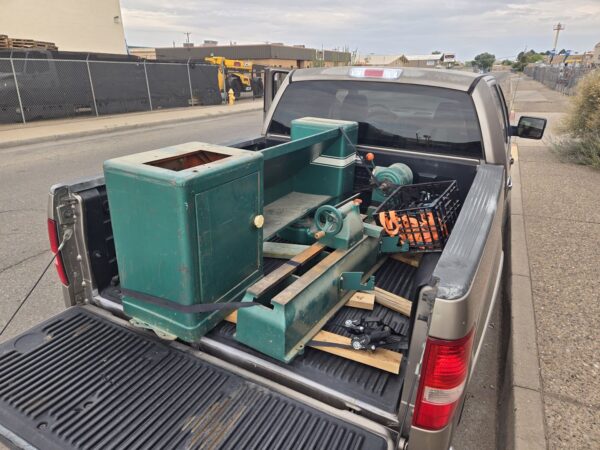
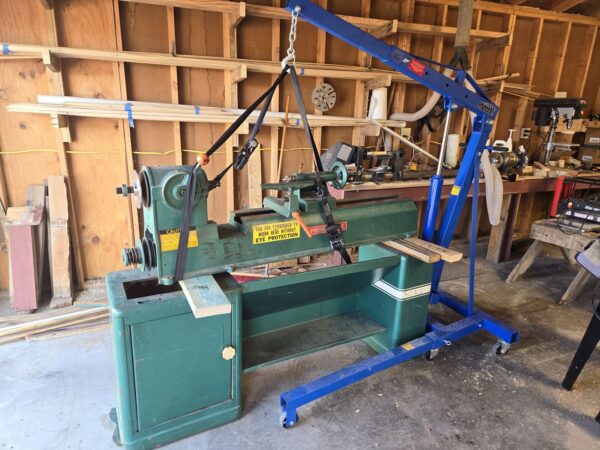
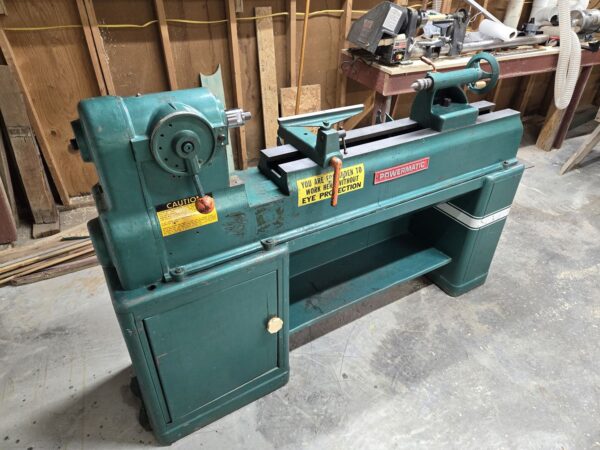
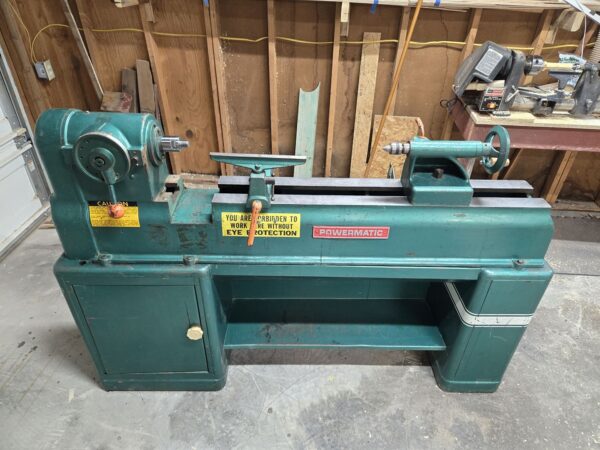
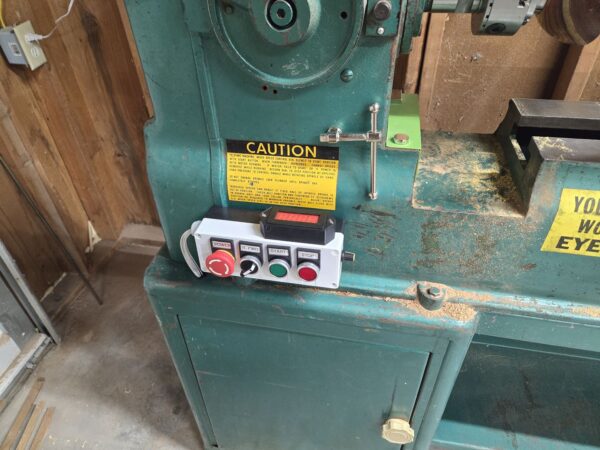
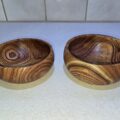


Yup! That is a good one! Powermatic makes good tools. I have a three phase Powermatic Table saw. I really like it too.
I am getting ready to buy some steel to make a jig for sharpening turning tools. My hand sharpening skills are pretty limited.
Happy turning!
Thanks Pete!! Yes, I have an older Powermatic table saw as well (single phase). Really love it! Of course, it’s the only ‘good’ table saw that I’ve ever owned but still – really nice.
I would like a bowl that my brother made, please!!